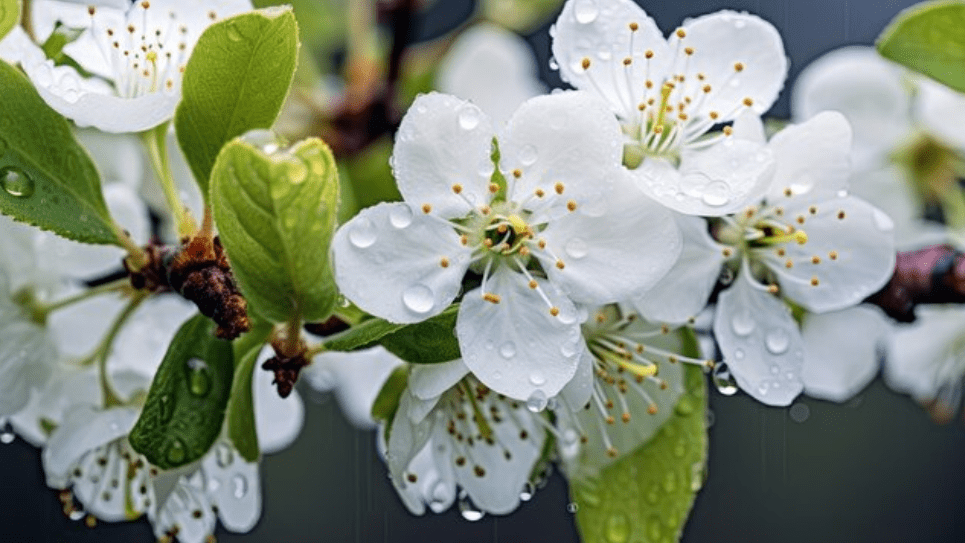
Enhance Your Garden with the Elegant Pear Flower
Are you tired of the same old flowers in your garden? Do you want to add a touch of elegance and beauty to your outdoor space? Look no further than the pear flower. In this post, we will show you how to enhance your garden with the stunning pear flower and provide you with tips on how to incorporate it into your landscaping. With its delicate blooms and low maintenance, the pear flower is the perfect addition to any garden. Don’t miss out on the opportunity to elevate your outdoor space with the elegant pear flower.
Table of Contents
ToggleChoosing the Right Pear Tree Variety
A. Common Pear Tree Varieties
Common Pear Tree Varieties including Kieffer, Anjou, Bartlett, and Bosc are all excellent choices for adding a touch of elegance to your garden. These pear trees produce beautiful blossoms in the spring, adding a pop of color and fragrance to your outdoor space. Additionally, their lush foliage provides shade and visual interest throughout the year.
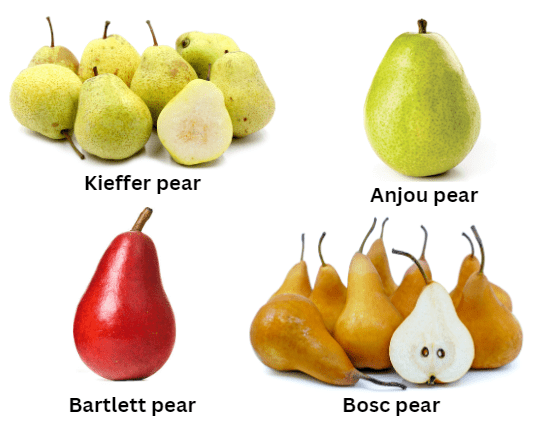
B. Climate and Soil Requirements
When it comes to choosing the right pear tree variety for your garden, it’s important to consider the climate and soil requirements. Pear trees thrive in well-drained soil and require full sunlight to produce the luscious fruit and vibrant blossoms that they are known for. Be sure to select a variety that is suited to your specific climate and soil conditions to ensure a successful and flourishing garden. Don’t let the opportunity to enhance your outdoor space with the beauty of pear trees pass you by – choose the right variety and watch your garden come to life.
C. Selecting the Best Variety for Your Garden
When selecting the best variety of pear trees for your garden, it’s crucial to consider the climate and soil requirements. You want to ensure that your pear trees have the best chance of thriving and producing an abundance of fruit and blossoms. By choosing a variety that is well-suited to your specific climate and soil conditions, you are setting yourself up for success and a visually stunning garden. Don’t settle for anything less than the perfect pear tree variety for your outdoor space – do your research and select a variety that will truly bring your garden to life.
Planting Pear Trees for Beautiful Blooms
A. When and Where to Plant
Pear trees thrive when planted in the early spring or late fall, when the soil is still cool and moist. Choose a location in your garden that receives plenty of sunlight and has well-draining soil. Remember to consider the size of the mature tree and make sure there is enough space for it to grow. Planting your pear trees in the right location and at the right time will set them up for success and ensure that they beautify your garden for years to come. Don’t miss out on the opportunity to enhance your outdoor space with the beauty of pear trees – plant them in the perfect spot and watch your garden flourish.
B. Step-by-Step Planting Guide
- Step-by-Step Planting Guide
- Start by preparing the planting area – clear away any weeds, rocks, or debris and loosen the soil to a depth of about 12 inches.
- Dig a hole that is twice as wide and just as deep as the root ball of your pear tree. Gently remove the tree from its container and place it in the center of the hole.
- Backfill the hole with the soil you removed, making sure to tamp it down gently as you go to remove any air pockets.
- Water the newly planted tree thoroughly and add a layer of mulch around the base to help retain moisture and suppress weeds.
- Keep your pear tree well-watered, especially during the first year after planting, to help it establish strong roots and encourage healthy growth.
By following these simple steps, you can ensure that your pear trees have the best possible start in your garden and will reward you with stunning blooms for years to come. Don’t hesitate – start planting your pear trees today and enjoy the beauty they bring to your outdoor space.
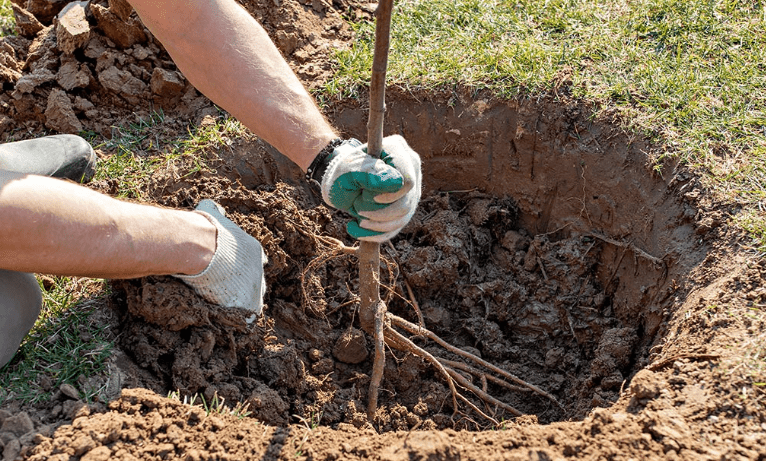
Caring for Pear Trees to Encourage Flowering
A. Watering and Fertilizing
1. Watering schedule for different growth stages
Watering your newly planted pear tree is essential for its survival and long-term health. By following a consistent watering schedule, you can ensure that your tree establishes strong roots and thrives in your garden. During the first year after planting, it is crucial to keep the soil consistently moist, especially during hot and dry weather.
To encourage healthy growth and beautiful blooms, water your pear tree deeply once a week, ensuring that the soil is thoroughly soaked. During periods of drought, increase your watering frequency to twice a week. Be sure to water the tree at the base, avoiding the foliage to prevent diseases.
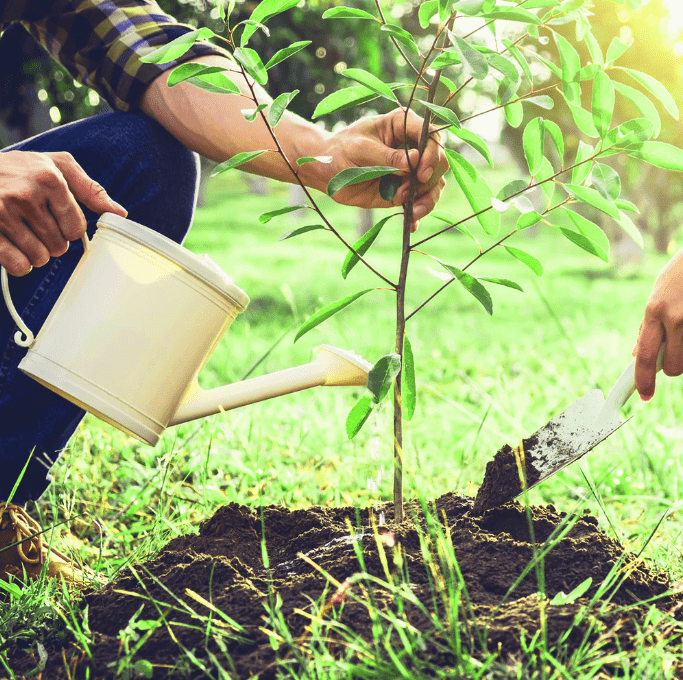
2. Best fertilizers for promoting flower production.
When it comes to promoting flower production in your garden, choosing the right fertilizer is key. Look for a balanced fertilizer with a higher phosphorus content, as this nutrient is essential for flower and fruit development. Consider using a slow-release granular fertilizer that can provide a steady supply of nutrients to your pear tree over an extended period of time. Organic fertilizers, such as compost or manure, can also be beneficial for promoting flower production and overall tree health. Be sure to apply the fertilizer according to the instructions on the package and avoid over-fertilizing, as this can lead to excessive foliage growth at the expense of flower production. With the right watering and fertilizing regimen, you can enjoy a bountiful harvest of delicious pears and beautiful blooms from your pear tree. Happy gardening!
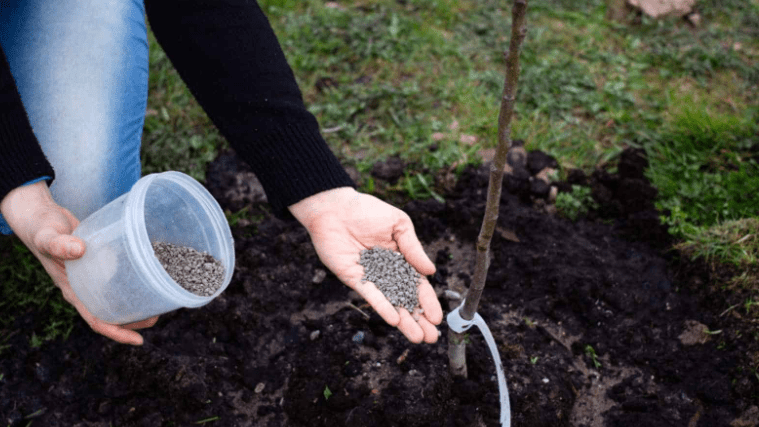
B. Pruning for Healthy Blooms
It’s important to prioritize the health and vitality of your pear tree in order to ensure a bountiful harvest of delicious pears and beautiful blooms. This means taking the time to find a balanced fertilizer with a higher phosphorus content, as this nutrient is essential for flower and fruit development. Consider using a slow-release granular fertilizer to provide a steady supply of nutrients to your tree over an extended period of time. Additionally, organic fertilizers, such as compost or manure, can be beneficial for promoting flower production and overall tree health.
Pruning is another crucial factor in promoting healthy blooms on your pear tree. By removing dead or damaged branches, you can encourage new growth and improve air circulation, which can lead to a more abundant display of flowers. Proper pruning techniques can also help shape the tree and encourage it to produce more fruit.
Ultimately, your goal should be to create an environment that fosters the optimum conditions for your pear tree to thrive. With the right combination of fertilizing, pruning, and proper care, you can enjoy a flourishing pear tree that produces an abundance of delicious fruit and stunning blooms. So why wait? Start implementing these practices today and watch as your pear tree flourishes before your eyes. Happy gardening!
C. Dealing with Pests and Diseases
It’s crucial to be proactive in dealing with pests and diseases that can threaten the health of your pear tree. By staying informed about common pests and diseases that affect pear flowers, you can take the necessary steps to prevent and address any issues that may arise. From aphids to fire blight, it’s important to be vigilant and take the necessary measures to protect your pear tree from these potential threats.
One effective way to manage pests and diseases is through regular inspection and maintenance. Keep an eye out for any signs of infestation or disease, such as discoloration or wilting leaves, and take action promptly. Implementing proper sanitation and cultural practices can also help in preventing the spread of pests and diseases, such as removing and disposing of infected plant material and promoting good air circulation around the tree.
Additionally, consider using natural or organic pest control methods to protect your pear tree, such as introducing beneficial insects or using horticultural oils and soaps. These environmentally-friendly options can effectively manage pests while minimizing the impact on the overall ecosystem.
By being proactive and taking the necessary steps to protect your pear tree from pests and diseases, you can ensure that it continues to thrive and produce an abundance of beautiful flowers and delicious fruit. Don’t wait until it’s too late – start implementing these practices today and enjoy a healthy and vibrant pear tree for years to come. Happy gardening!
Maximizing Flowering Potential
A. Pollination and Its Role in Flowering
Pollination is essential for maximizing the flowering potential of your pear tree. By attracting pollinators such as bees, butterflies, and other beneficial insects to your garden, you can ensure that your pear tree receives the necessary pollen to produce an abundance of beautiful flowers and, ultimately, delicious fruit. Planting a variety of flowering plants and using organic gardening practices can help attract and support pollinators, ensuring that your pear tree has the best chance of optimal flowering. By understanding and promoting pollination, you can maximize the potential of your pear tree and enjoy a bountiful harvest for years to come. So, let’s do our part to support pollinators and watch our pear trees flourish! Happy gardening!
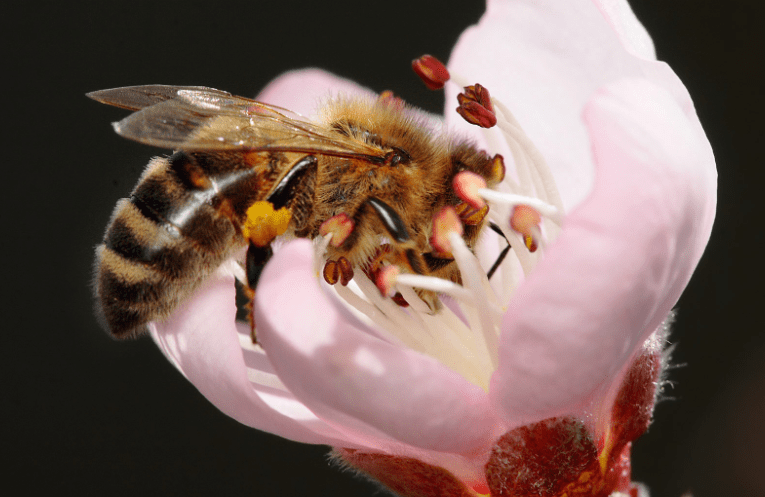
B. Dealing with Poor Flowering
If you’re dealing with poor flowering in your pear tree, it’s time to take action. Pollination is the key to maximizing the flowering potential of your tree, so it’s essential to attract and support pollinators in your garden. By planting a variety of flowering plants and using organic gardening practices, you can create a welcoming environment for bees, butterflies, and other beneficial insects. This will ensure that your pear tree receives the necessary pollen to produce an abundance of beautiful flowers and delicious fruit.
Don’t let poor flowering stand in the way of a bountiful harvest. Take the necessary steps to promote pollination in your garden and watch your pear tree flourish. By doing your part to support pollinators, you’ll be amazed at the transformation in your garden. So, let’s get out there and make it happen! Happy gardening!
Pear Flower Blooming Season
A. Understanding the Blooming Cycle of Your Pear Tree
It’s crucial to understand the blooming cycle of your pear tree in order to ensure a successful harvest. The pear tree relies on pollination to produce flowers and fruit, and it’s up to you to take the necessary steps to support this process. By familiarizing yourself with the blooming season of your pear tree, you can proactively promote pollination and ultimately reap the rewards of a bountiful harvest.
During the blooming season, your pear tree will produce beautiful flowers that, if properly pollinated, will develop into delicious fruit. However, poor flowering can hinder the pollination process and result in a disappointing harvest. By taking the time to understand the blooming cycle of your pear tree and the importance of pollination, you can take proactive steps to support this crucial process.
So, don’t let poor flowering stand in the way of a successful harvest. Take the necessary steps to promote pollination in your garden and watch your pear tree flourish. By doing your part to support pollinators, you’ll be amazed at the transformation in your garden. Let’s make it happen! Happy gardening!
B. Seasonal Care Tips
In the summer, continue to monitor your pear tree for any signs of stress or disease. Regular watering and maintenance will ensure that your tree remains healthy and continues to produce beautiful blooms.
As fall approaches, make sure to clean up fallen leaves and debris to prevent the spread of disease and pests. This will help your pear tree prepare for the winter months and ensure a healthy return next spring.
Incorporating the pear flower into your garden is a rewarding experience that will bring beauty and elegance to your outdoor space. With a little care and attention, your pear tree will flourish and reward you with stunning blooms year after year. Let’s make it happen! Happy gardening!
Harvesting Pears: From Flower to Fruit
A. Transition from Flower to Fruit
The pear flower is a stunning and elegant addition to any garden. Its delicate blooms and easy maintenance make it the perfect choice for those looking to enhance the beauty of their outdoor space. By incorporating the pear flower into your garden, you can enjoy the transition from flower to fruit as the tree blooms and produces delicious pears. To ensure the health and longevity of your pear tree, it’s important to clean up fallen leaves and debris in the fall to prevent the spread of disease and pests. This will help your tree prepare for the winter months and ensure a healthy return next spring. With a little care and attention, your pear tree will flourish and reward you with stunning blooms and delicious fruit year after year. So let’s make it happen! Happy gardening!
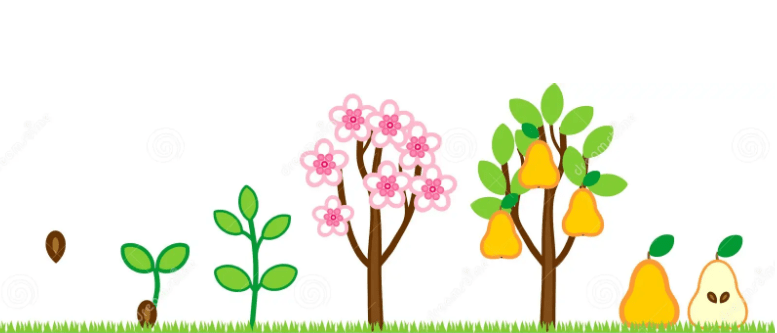
B. When and How to Harvest Pears
When it comes to harvesting pears, timing is everything. Pears should be harvested when they are mature but still firm, as they will continue to ripen off the tree. The best way to tell if a pear is ready to be picked is by gently lifting it and checking for a yellowish tint on the skin, as well as a slight give when pressed at the stem end.
Harvesting pears is simple – just twist the pear upwards and give it a slight twist. If the pear comes off easily, it is ready to be picked. Be sure to handle the pears gently to avoid bruising them. Once harvested, store the pears at room temperature to allow them to ripen fully.
By following these simple steps, you can ensure a bountiful and delicious harvest of pears from your pear tree. So let’s get picking and enjoy the sweet rewards of our labor! Happy harvesting!
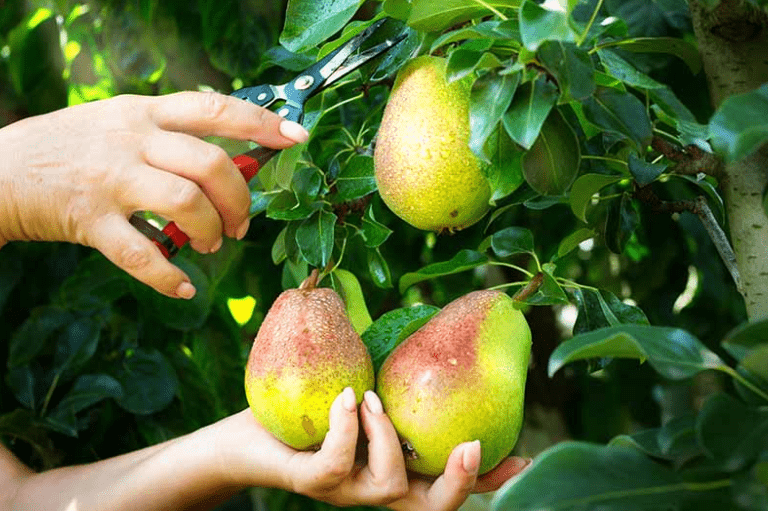
C. Using Pears in the Kitchen
Pears are a delicious and versatile fruit that can be used in a variety of dishes in the kitchen. From salads to desserts, pears add a sweet and juicy flavor that is sure to please your taste buds.
One of the simplest ways to enjoy pears is to simply slice them and enjoy them on their own. They make for a healthy and refreshing snack that is perfect for any time of day.
If you’re feeling a bit more adventurous, why not try adding pears to a salad? Their sweet flavor pairs well with savory ingredients like cheese, nuts, and vinaigrettes, creating a unique and delicious flavor profile.
And of course, pears are a classic choice for desserts. Whether you’re baking them into a pie, poaching them in a spiced syrup, or simply enjoying them with a dollop of whipped cream, pears are a delicious addition to any sweet treat.
So don’t let your harvested pears go to waste! Get into the kitchen and start experimenting with these fantastic fruits. You’re sure to be delighted by the results. Happy cooking!
Enhancing Garden Aesthetics with Pear Flowers
A. Ornamental Uses of Pear Trees
Pear trees aren’t just for producing delicious fruit; they can also add beauty and elegance to your garden with their stunning blossoms. The delicate white flowers of pear trees are a sight to behold, and they can enhance the aesthetic appeal of any outdoor space. Planting pear trees for their ornamental value is a great way to bring a touch of natural beauty to your landscape. So, if you’re looking to enhance the visual appeal of your garden, consider adding some pear trees to your outdoor space. You won’t be disappointed by the breathtaking display of pear blossoms. Happy gardening!
In conclusion, the pear flower is a stunning addition to any garden, and with its easy maintenance, it’s the perfect choice for both experienced and novice gardeners. Its elegant blooms will enhance the beauty of your outdoor space and bring a touch of sophistication to your garden. Don’t miss out on the opportunity to add this beautiful flower to your garden and elevate its overall aesthetic. Start incorporating the pear flower into your garden today and enjoy the beauty it brings for years to come.
Frequently Asked Questions (FAQs)
Pear flowers thrive in well-drained soil and full sunlight. They also prefer cooler temperatures, making them perfect for spring and early summer planting.
Pear flowers require regular watering, especially during dry spells, and occasional fertilization to promote healthy growth. Pruning is also important to maintain the shape and size of the tree.
While pear flowers do require some care and attention, they are relatively low maintenance compared to other flowering plants. With the right care, they can flourish and enhance the beauty of your garden.
Yes, pear flowers are known to attract bees and other pollinators, which can benefit the overall health and biodiversity of your garden. Their sweet fragrance and nectar make them a popular choice for wildlife.
Pear flowers typically bloom in early spring and their beautiful, delicate blossoms can last for several weeks, adding a stunning display of color to your garden.
Pear flowers can be grown in both small and large gardens, and there are dwarf varieties available for those with limited space. Their elegant appearance makes them a versatile and attractive addition to any garden.
Yes, pear flowers can be grown in containers or pots, making them a great option for those with limited outdoor space. Just ensure that the container has good drainage and the tree receives adequate sunlight.
Pear flowers are not only visually stunning, but they also produce delicious fruit, adding both beauty and functionality to your garden. Their graceful blossoms and potential for a bountiful harvest make them a truly elegant addition to any outdoor space.
